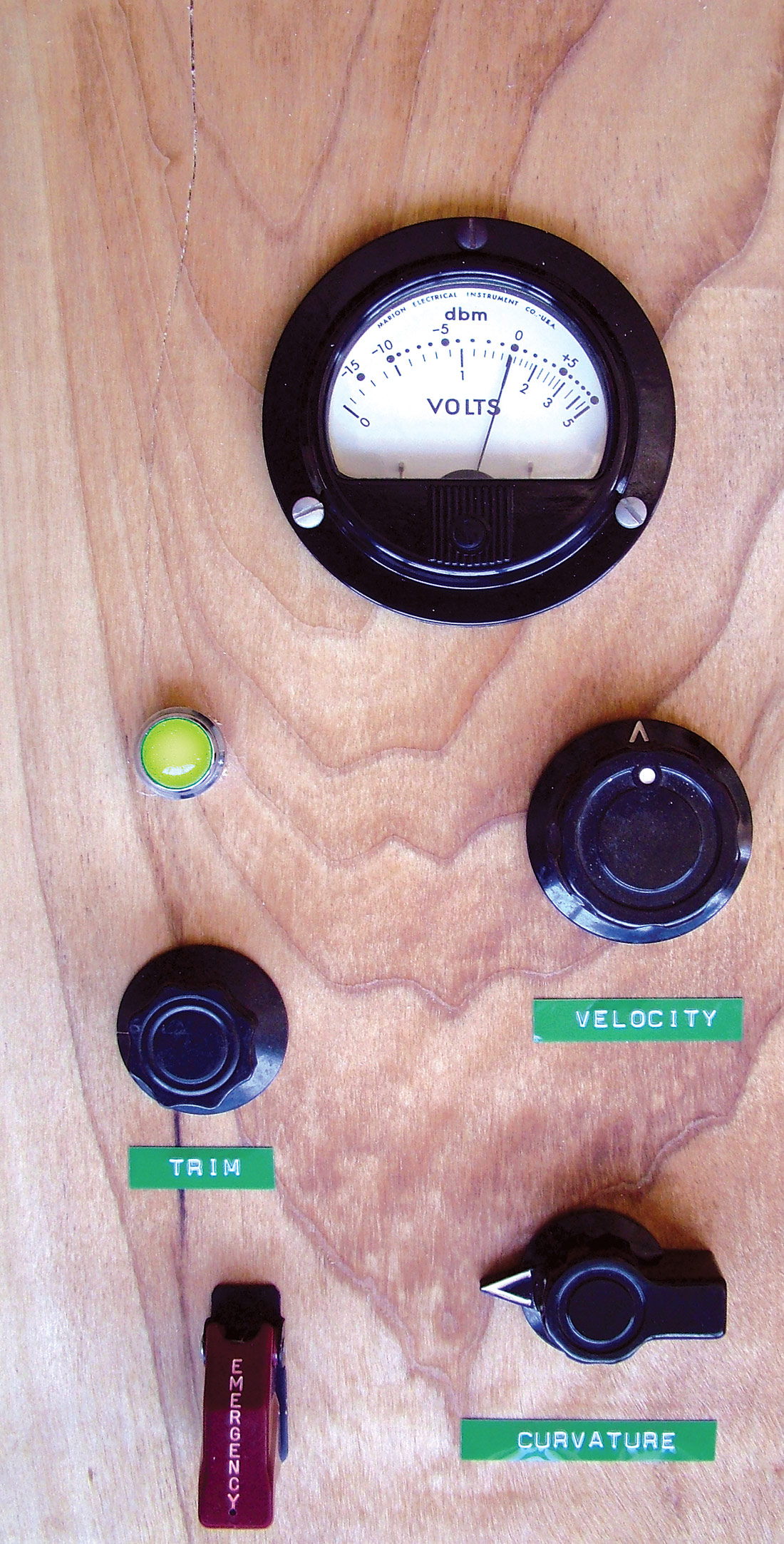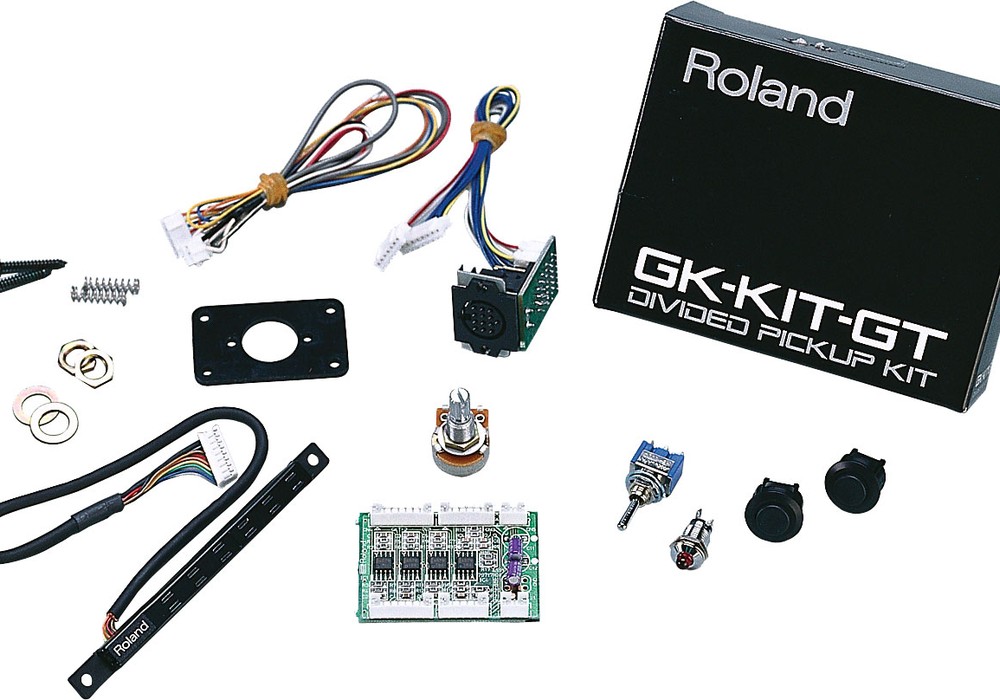I can't believe this boom stand streets for $200, because its quality is far above what you'd expect from an affordably-priced studio boom. I've used plenty of boom stands during the many decades I've been recording music, including modern, high-end models from Latch Lake [Tape Op #67]; vintage Starbird booms; and the squeaky Atlas Sound chrome stands that pretty much every radio station owns. The MC-125 bests all of them in terms of ease-of-use, with its dead-simple design, excellent build-quality, and smoothly-operating clutches that actually hold their position - without having to crank them down! If you don't want to spend $400 or more on a studio boom, this is the one to get.
In my own studio, I've relied for years on an SE Electronics Ghost boom [Tape Op #42] to hold my heavy mics or multi-mic rigs safely above the drum kit, piano, singer, etc. With a design similar to that of a video-camera tripod, it's incredibly stable and very easy to adjust, and everything about it reflects its precise engineering. But being a large tripod, the Ghost takes up a lot of floor space, so maneuvering and positioning it can be tricky, even with its optional castor base. Wanting a second boom - one with a compact footprint - I picked up an MC-125. While the Ghost has a triangular footprint that's 32'' per side, the MC-125's triangle is only 20'' per side. Consequently, the MC-125 is not as stable, especially with its slightly wobbly inline-skate wheel castors. Regardless, with its heavy cast base (22 lb), the stand will not tip easily. Unless your floor is bouncy, the wobbliness of the castors shouldn't detract from the effectiveness of the stand; and it's easy enough to remove the castors and just place the base directly onto your floor. (A wrench for mounting/removing the castors is included, and I keep mine attached to the stand.)
The main column of the MC-125 has a single axial clutch, and its height is adjustable from 52'' to 83'.' The boom arm also has a single axial clutch, allowing extension from 35'' to 61'.' The main pivot also has a single clutch for adjusting boom angle as well as boom position along the pivot, where most boom stands have two clutches for independent adjustment of angle and position. Although some engineers might prefer the independent mechanisms, I prefer the single one for speed in placing the mic. While holding the boom arm by the counterweight in one hand, I can loosen the pivot clutch with my other hand, change the angle and reach of the mic, and re-tighten the clutch in one easy maneuver. Similarly, the mic hanger at the end of the boom arm has a single clutch for angle and position along its pivot. As previously mentioned, all of these clutches work extremely well. The substantial counter weight (almost 6lb) is also moveable along the boom arm; its clutch is the only one that isn't butter smooth in operation.
I've only had my MC-125 for a couple months, but I'm confident it will survive decades of use. Build-quality throughout is high, and it's clear to me that all of its individual parts and assemblies were designed to be field serviceable. Replacement parts are available directly from Ultimate Support. ($249.99 MSRP; ultimatesupport.com) -AH





_disp_horizontal_bw.jpg)